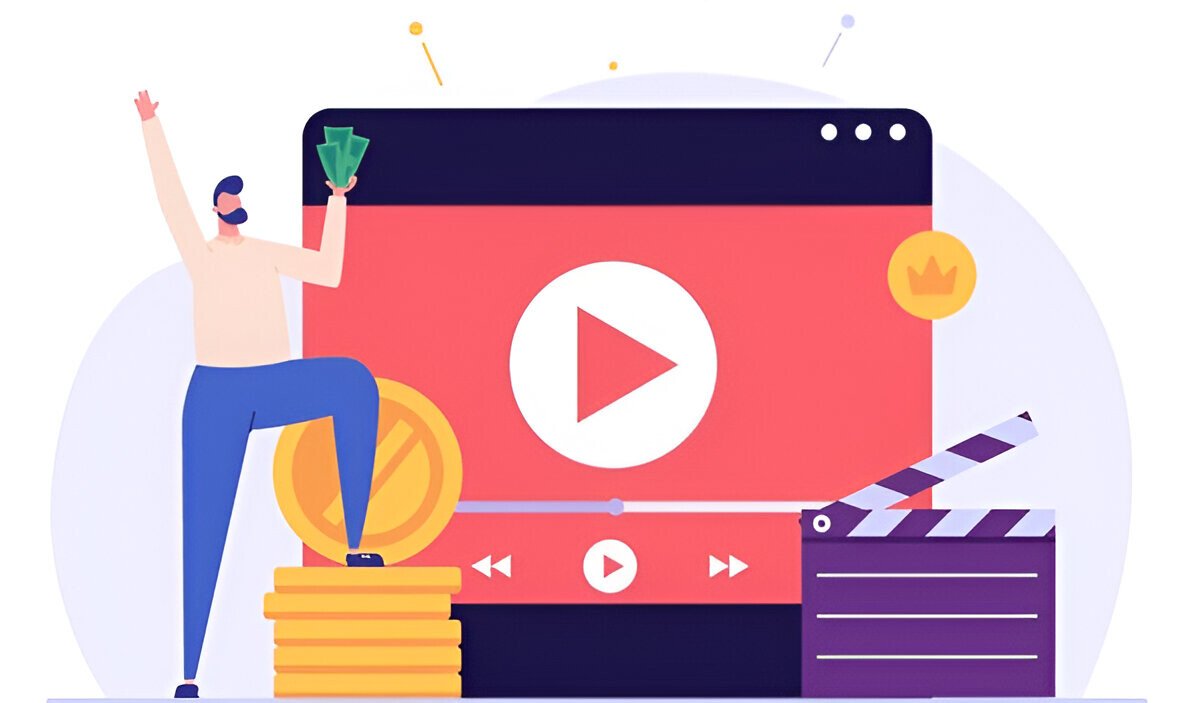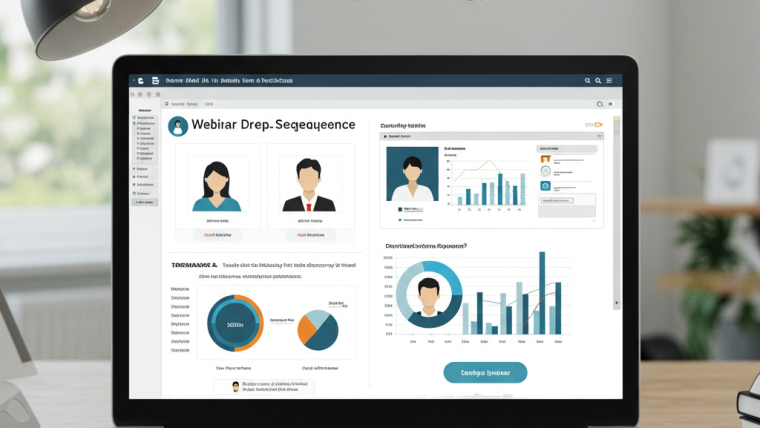Webinars are no longer just for teaching or presenting ideas. Today, they can be a direct source of revenue. If you’re already hosting webinars or planning to launch one, it’s worth learning how to turn that effort into income.
Many creators and businesses are making thousands from simple, well-executed webinars. Let’s walk through how to monetize your webinars using practical and effective strategies.
Why Webinars Are Easy to Monetize and Scale
Webinars combine video, education, and real-time interaction — three things that audiences love. They’re personal, persuasive, and scalable. You can run one for a few dozen people or thousands at once.
Unlike pre-recorded videos, webinars make your viewers feel connected. That sense of connection leads to trust — and trust leads to sales.
But how do you actually turn views into revenue?
Choose the Right Monetization Method
You don’t need to pick just one. Depending on your niche and goals, you might even use several at once. But it’s important to start with a model that fits your audience and the value you’re offering.
1. Charge for Access
This is the most direct method. If your content is valuable enough, people will pay to attend. This works best if your webinar solves a specific problem or teaches a high-demand skill.
To make this work:
-
Offer a clear takeaway. Tell attendees exactly what they’ll gain.
-
Limit seats or access time to build urgency.
-
Use a reliable platform with payment integration.
Platforms like Zoom, Webex, or WebinarJam support ticketing and access control.
2. Sell Products or Services
If you have a product to sell — digital or physical — webinars are the perfect platform. You teach first, sell later.
Focus on value before making an offer. Share insights or a framework during the session. At the end, pitch your product as the next step.
This works especially well for:
-
Online courses
-
Software tools
-
Coaching or consulting services
Don’t make your webinar feel like a commercial. Offer real help first. When the pitch comes, it will feel natural.
3. Use Affiliate Marketing
Don’t have your own product? No problem. Promote someone else’s.
With affiliate marketing, you can earn a commission for every sale you drive. It’s essential to stay honest — only promote tools or services you believe in. Your audience can sense when you’re just after a sale.
To do this well:
-
Choose affiliate products that relate to your topic.
-
Demonstrate the product live during your session.
-
Share your affiliate link at the right time — usually after showing how it works.
4. Offer Paid Replays
Some attendees won’t be able to make it live. That’s a missed opportunity — unless you turn your replay into a product.
Record the webinar. Edit it slightly if needed. Then offer it as a paid download or course module.
This adds a long-term revenue stream from something you already created.
If you’ve built a mailing list, offer the replay to subscribers with a limited-time discount. It’s a great way to re-engage your audience.
5. Use Sponsorships
If your webinar gets a lot of traffic, you can bring in sponsors.
Reach out to companies in your niche. Offer to display their logo, mention them during the session, or let them give away a freebie to your attendees.
This is easier if you’ve hosted webinars before and can show data like attendance rates, email opens, or audience size.
Build a Funnel Around Your Webinar
Monetization doesn’t just happen during the live event. It starts before and continues after.
Create a simple funnel:
Pre-Webinar
-
Use email and social media to promote.
-
Offer a signup bonus like a free checklist or workbook.
-
Send reminders to reduce no-shows.
During the Webinar
-
Deliver strong content. Focus on one clear topic.
-
Use polls, questions, or chats to boost engagement.
-
Include a subtle call to action halfway through.
After the Webinar
-
Follow up with a replay or highlights.
-
Send out bonus resources or offers.
-
Ask for feedback and testimonials.
This system keeps the value flowing and builds trust over time. More trust = more conversions.
Pick the Right Tools
A smooth, professional experience makes your webinar more profitable. Here are the essentials:
-
Webinar platform: Choose based on your audience size, features, and budget.
-
Payment gateway: Stripe or PayPal are easy to integrate.
-
Email marketing: Use tools like Mailchimp or ConvertKit to automate invites and follow-ups.
-
Landing page: Build a simple registration page that communicates value.
You don’t need the most expensive tools. What matters is that everything works and looks professional.
What to Avoid
Some creators lose trust or income by making the wrong moves. Avoid these common mistakes:
-
Talking too much about yourself
-
Selling before offering value
-
Using vague topics with no clear takeaway
-
Letting tech issues ruin the experience
-
Ignoring follow-up emails
Your attendees gave you their time. Make it worth it.
Final Thoughts
Learning how to monetize your webinars isn’t just about making money — it’s about scaling your knowledge and turning your skills into income.
The key is value. The more useful your webinar is, the more likely people are to pay, share, and buy.
Whether you’re selling your own product, promoting others’, or charging for access, webinars are one of the smartest tools in today’s digital space.
Start small. Test what works. Improve with every session. Over time, you’ll build a system that pays you for sharing what you know. To boost engagement during paid sessions, start with the best icebreaker ideas for online events.








Webinar Analytics: A Complete Guide to Measuring Success and Improving Performance
The Ultimate Webinar Follow-Up Strategy to Turn Attendees into Customers
Webinar Accessibility Best Practices: How to Make Your Online Events Inclusive for All
Webinar Personalization: Tailoring Content to Audience Segments for Maximum Engagement